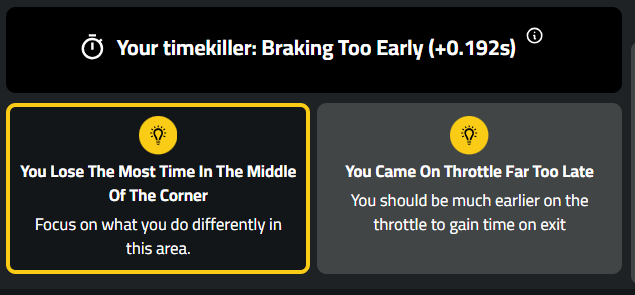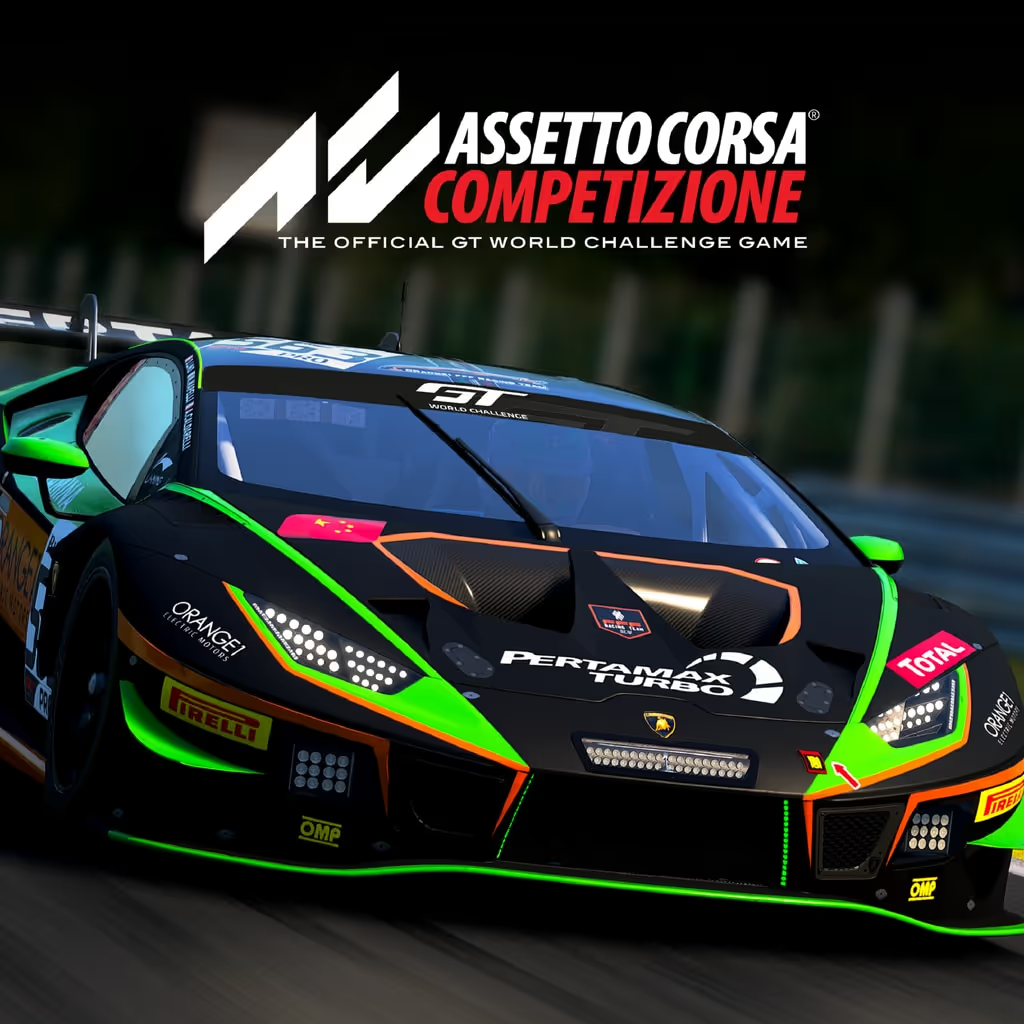Unraveling the Aerodynamic Differences Between LMP1 and LMP2
Endurance racing has always been at the forefront of technological innovation, and the aerodynamics of Le Mans Prototype (LMP) cars are a prime example of this progress. LMP1 and LMP2 prototypes are two distinct categories in endurance racing, each with its own set of aerodynamic features designed to optimise performance and efficiency.
In this article, we will delve into the key differences in aerodynamics between LMP1 and LMP2 prototypes, shedding light on the unique characteristics that set them apart on the racetrack.
LMP1 vs. LMP2: A Quick Overview
Before we dive into the specifics of their aerodynamics, let's briefly distinguish between LMP1 and LMP2 prototypes:
LMP1 Prototypes:
- Top-tier category in endurance racing.
- Built to compete for overall victories, including the prestigious 24 Hours of Le Mans.
- Features advanced hybrid powertrains.
- Typically fielded by factory teams with substantial budgets.
- Subject to more relaxed regulations regarding performance and innovation.
LMP2 Prototypes:
- Considered the second-tier category in endurance racing.
- Designed for privateer teams and driver lineups.
- Utilises non-hybrid powertrains, often from a standard supplier.
- Subject to stricter cost-control regulations to ensure competitiveness.
- Competes for class victories but not the overall win in prestigious races like Le Mans.
Aerodynamic Differences
Now, let's explore the key aerodynamic differences that distinguish LMP1 and LMP2 prototypes:
Downforce Levels:
LMP1: These prototypes generate significantly higher levels of downforce compared to LMP2 cars. The increased downforce allows for greater cornering speeds and enhanced grip, enabling LMP1 cars to navigate high-speed corners with confidence.
LMP2: LMP2 prototypes produce less downforce than their LMP1 counterparts. While still generating substantial aerodynamic grip, LMP2 cars rely more on mechanical grip and balance for cornering performance.
Active Aerodynamics:
LMP1: Many LMP1 cars are equipped with active aerodynamic components, such as movable flaps and adjustable wings. These features can adapt to different sections of the track and driving conditions, optimising downforce and minimising drag as needed.
LMP2: LMP2 cars typically have fixed aerodynamic elements, and active aerodynamic systems are not allowed under current regulations. As a result, LMP2 teams must rely on their car's inherent design for consistent performance.
Bodywork Design:
LMP1: LMP1 prototypes often feature more complex and intricate bodywork designs. Their front fascias, rear diffusers, and wings are engineered for maximum downforce and aerodynamic efficiency. The overall shapes of LMP1 cars may be more refined and sophisticated.
LMP2: LMP2 cars have simpler bodywork compared to LMP1 vehicles. Their designs prioritise cost control and ease of manufacturing, resulting in more straightforward aerodynamic components. While effective, the focus is on maintaining competitive racing without the extreme complexities seen in LMP1.
Weight Distribution:
LMP1: The increased downforce generated by LMP1 prototypes necessitates careful consideration of weight distribution. Engineers must balance the need for front and rear downforce while ensuring stability at high speeds.
LMP2: With less emphasis on extreme downforce, LMP2 cars have more flexibility in weight distribution. Their setups may prioritise different aspects of handling, such as stability under braking or corner entry, depending on the team's preferences.
Drag Reduction Systems (DRS):
LMP1: Some LMP1 cars are equipped with DRS, a system that allows drivers to temporarily reduce aerodynamic drag on straights to achieve higher top speeds. DRS is typically used in conjunction with hybrid powertrains to maximise efficiency.
LMP2: LMP2 cars do not employ DRS systems, as they are designed for a different level of competition. The emphasis is on consistent, cost-effective racing rather than top-speed performance.
Cost Control:
LMP1: LMP1 teams often have larger budgets and more resources to develop cutting-edge aerodynamic solutions. While there are cost-control measures, they are less stringent than those in the LMP2 category.
LMP2: Stricter cost-control regulations in LMP2 limit the extent of aerodynamic development. This ensures that the category remains accessible to privateer teams with more modest budgets.
The differences in aerodynamics between LMP1 and LMP2 prototypes reflect their distinct roles and objectives in endurance racing. LMP1 cars aim for overall victories and feature advanced, adaptable aerodynamic designs to maximise performance, while LMP2 prototypes prioritise competitive class racing with an emphasis on cost control. Understanding these aerodynamic distinctions adds depth to the appreciation of endurance racing and the intricate engineering that goes into each type of prototype, making it all the more exciting for motorsport enthusiasts around the world.


.png)























